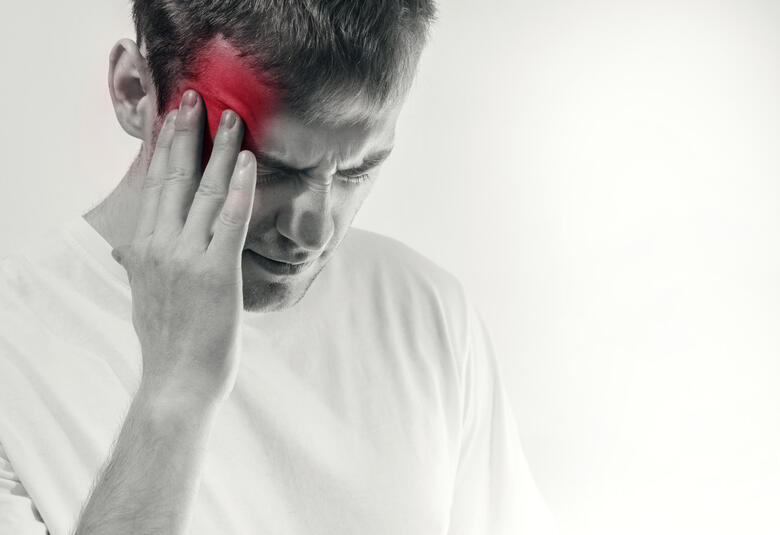In a late-breaking abstract presentation at #AHSAM21, Professor Robert Shapiro, University of Vermont, shared the findings of a recent study that sought to identify whether people with migraine have altered susceptibility to COVID-19 infection.
COVID-19, headache, and migraine
Headache is a prevalent symptom of COVID-19 and long COVID that is associated with positive disease prognosis.1 Defining specific headache mechanisms that could enhance viral survival may represent an opportunity for the discovery of improved COVID-19 therapeutics and for understanding whether and how primary headache disorders may be adaptive.1
Headache as a symptom and migraine as a disease may reflect adaptive processes associated with host defense mechanisms against viruses. For example, migraine-driven behaviors (e.g., social distancing due to photophobia) in the setting of viral illness may play adaptive roles in reducing viral spread.
Professor Shapiro and colleagues surveyed a cross-section of US adults (N=66,585; aged 18–65 years) in the National Health and Wellness Survey (NHWS) regarding their experiences of COVID-19 with or without migraine during April to July 2020.2
People with migraine (n=60 vs. n=300 without migraine) were 58% more likely to report COVID-19 infection (3.9% vs. 2.5%; p<0.001) along with heightened COVID-19 symptoms.2 The findings indicate that, in this small sample, people with migraine may be more susceptible to COVID-19, more aware of and more likely to report COVID-19 symptoms, or a combination of these factors.
People with migraine report a higher incidence of COVID-19 and heightened COVID-19 symptoms
People with migraine also reported lower COVID-19-related healthcare resource utilization rates.2 People with migraine and COVID-19 may be less likely to develop serious COVID-19 and less likely to seek healthcare, or both. Future studies of migraine-COVID interactions may explore potential roles of sex, age, genetic background, comorbidities, influenza vaccination and other factors.
Why hesitate to consult for migraine?
Also at #AHSAM21, Professor Shapiro reported results of the Observational Survey of the Epidemiology Treatment and Care of Migraine (OVERCOME) study of people with migraine (N=39,494) conducted pre-pandemic (2018–2019) that sought to identify reasons for hesitating to consult for migraine.3
Nearly half of people with migraine hesitated to consult for migraine. Reasons for hesitating involved not considering the disease to be serious enough, concerns that a healthcare provider would not take their migraine seriously, and institutional barriers (cost, health insurance).
Further efforts are needed to reassure patients that they will be taken seriously when consulting for migraine care
Telemedicine for migraine in a pandemic
Telemedicine provides patients with opportunities to gain better control of their headache disorders while not having to commit the travel time or risk exposure to COVID-19.
Speaking at #AHSAM21, Dr Chia-Chun Chiang, Mayo Clinic, presented results of an American Migraine Foundation Survey study of patients’ experience of telemedicine for headache care during March to September 2020 (N=1172).4 Telemedicine had a positive impact on patient experience of medical care, and 90% of users would like to continue with telemedicine in future.
Most patients would prefer to continue to use telemedicine for their headache care
Some patients experienced barriers to access telemedicine, and Dr Chiang appealed to insurers to continue to support telemedicine for headache care during and after the pandemic.
Our correspondent’s highlights from the symposium are meant as a fair representation of the scientific content presented. The views and opinions expressed on this page do not necessarily reflect those of Lundbeck.




